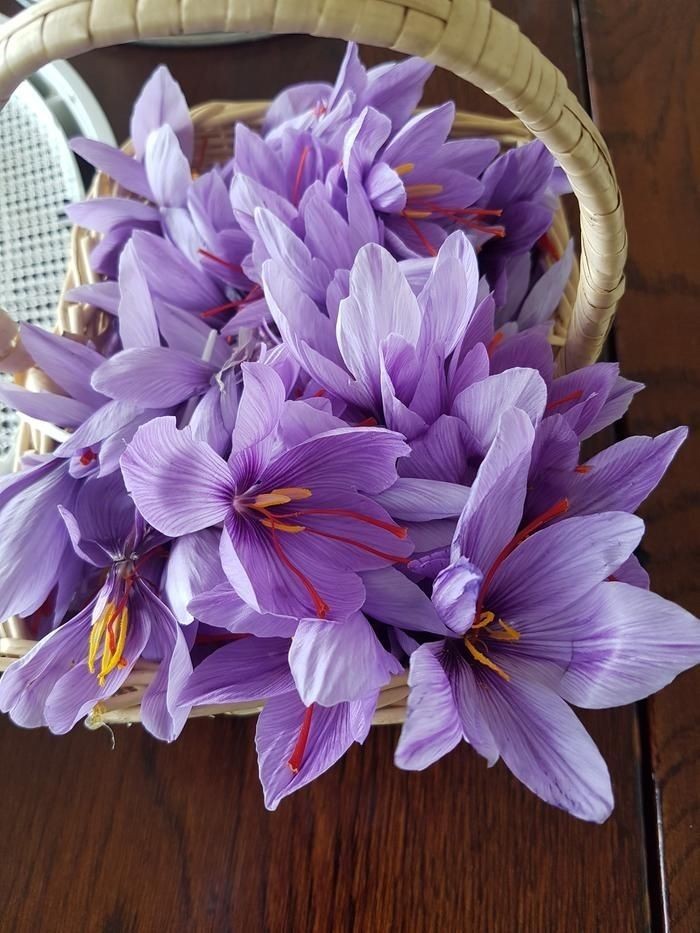Categories
The latest content
-
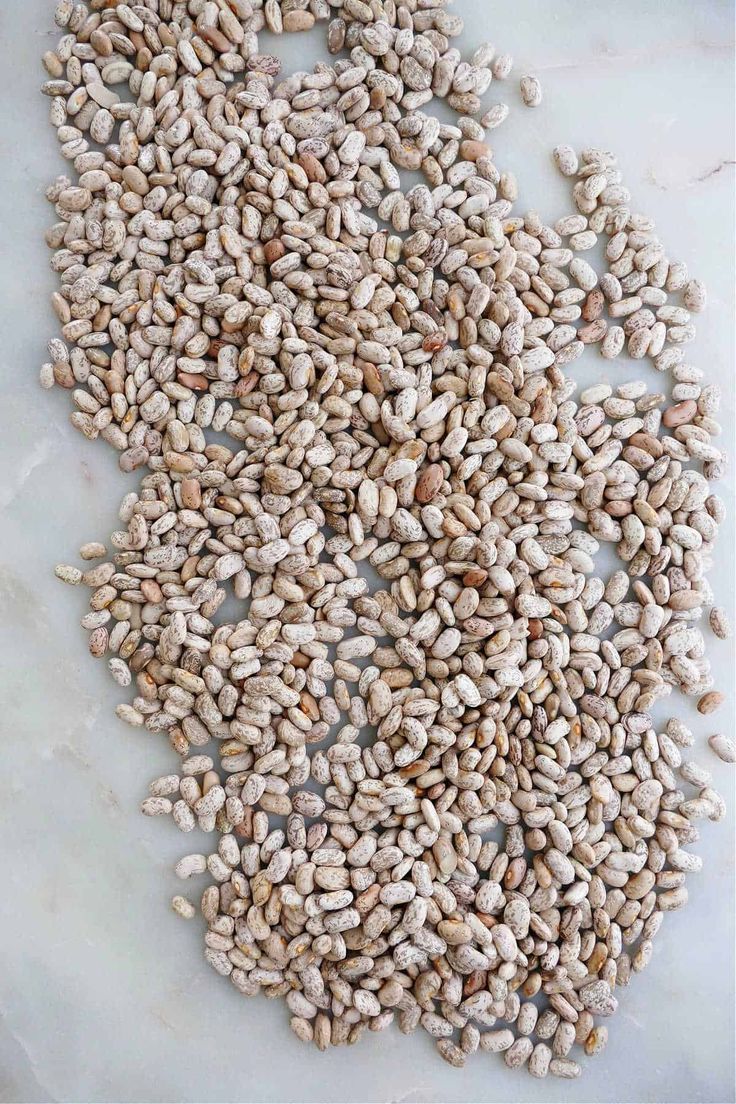
Customs Clearance & Import Regulations for Bulk Iranian Pinto Beans in EU, Middle East & Africa
..
-
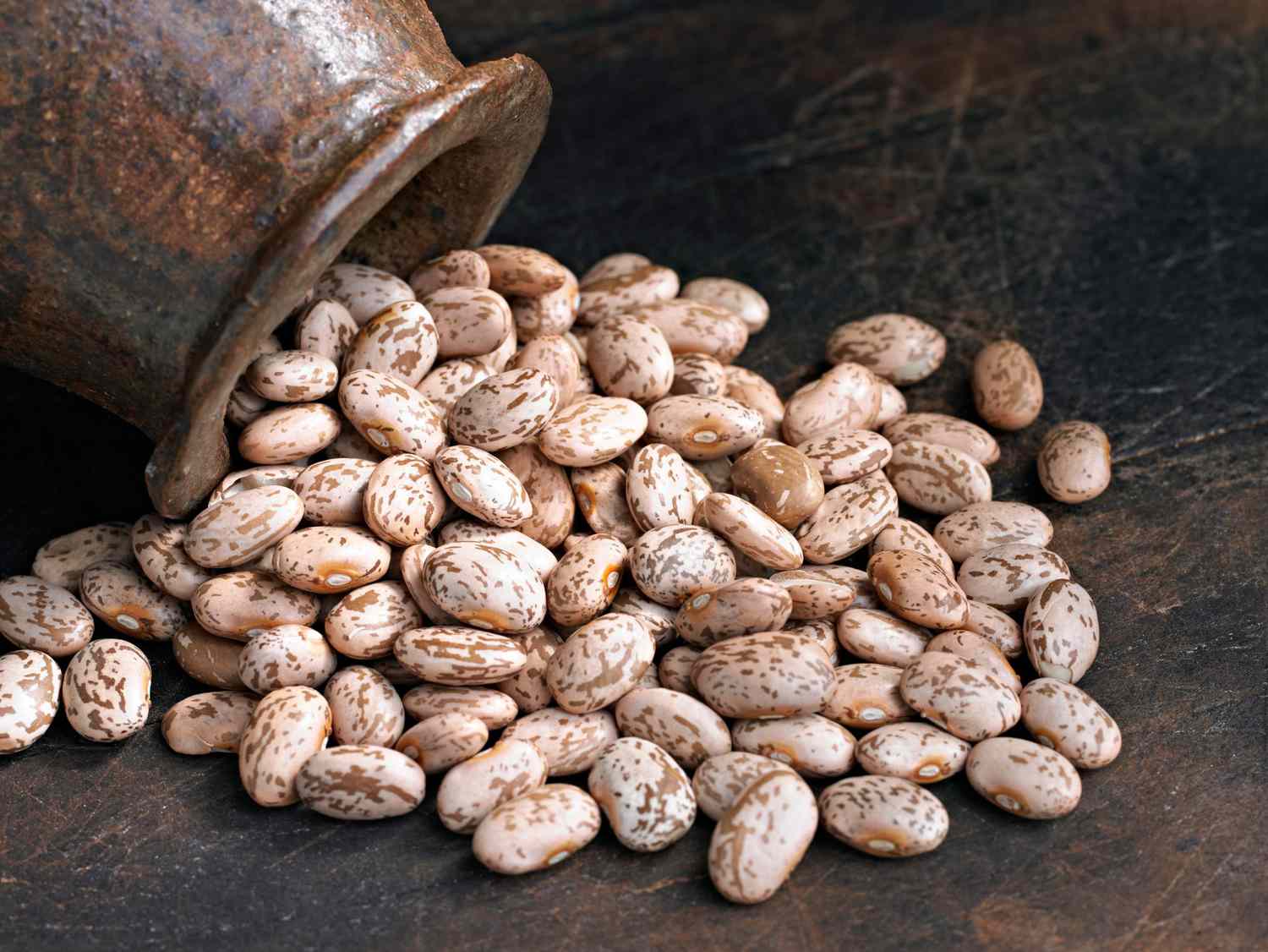
Quality Control & Laboratory Testing Standards for Iranian Pinto Beans
..
-
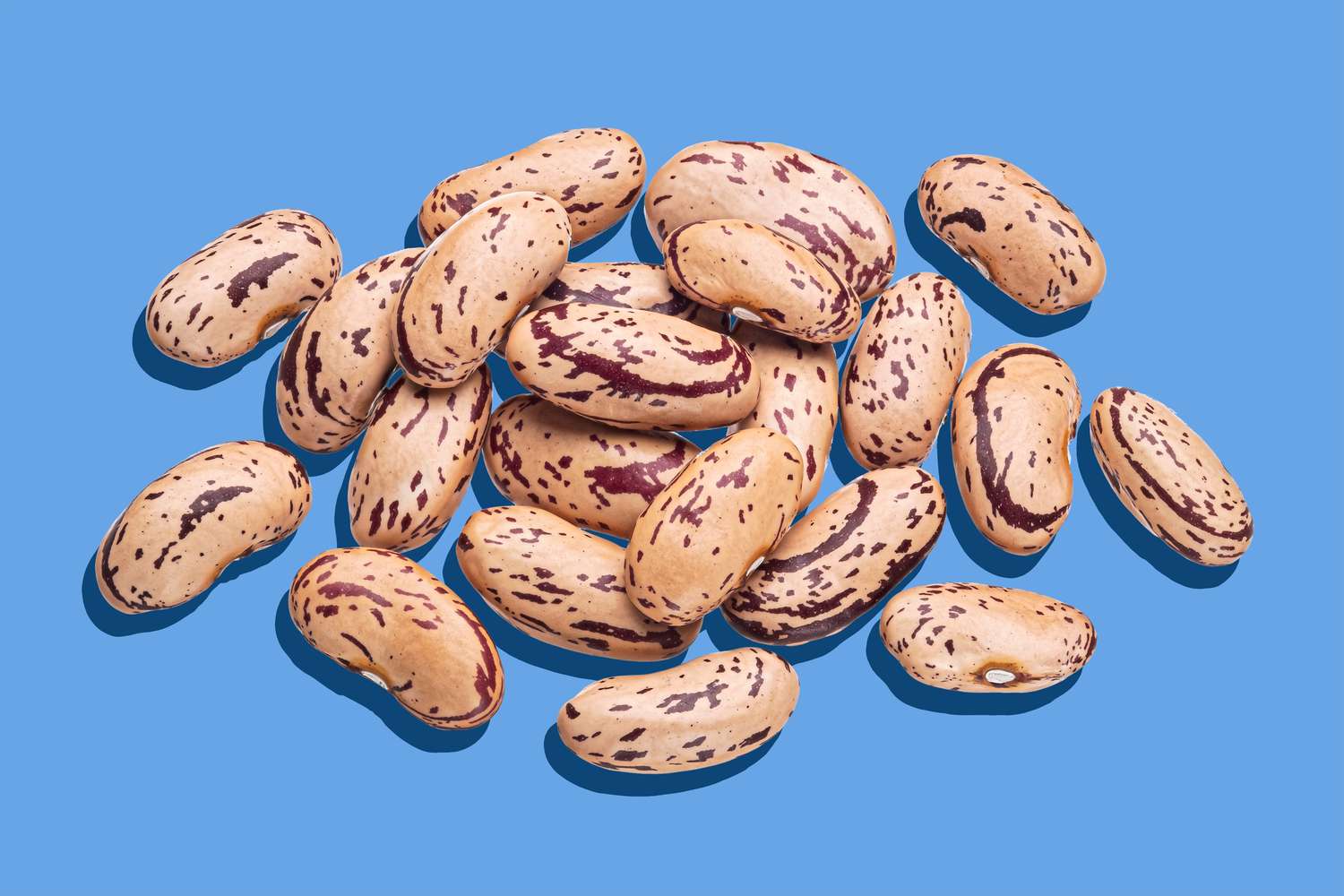
Logistics & Shipping Solutions for Bulk Iranian Pinto Bean Exports
..
-
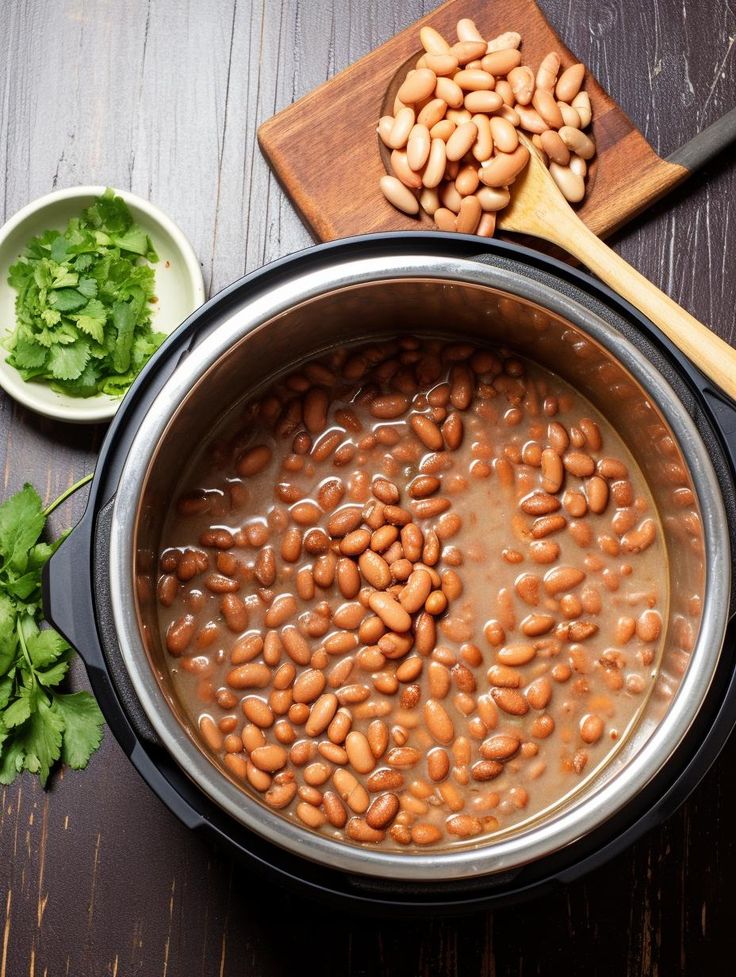
Minimum Order Quantity (MOQ) & Bulk Pricing for Iranian Pinto Bean Buyers
..
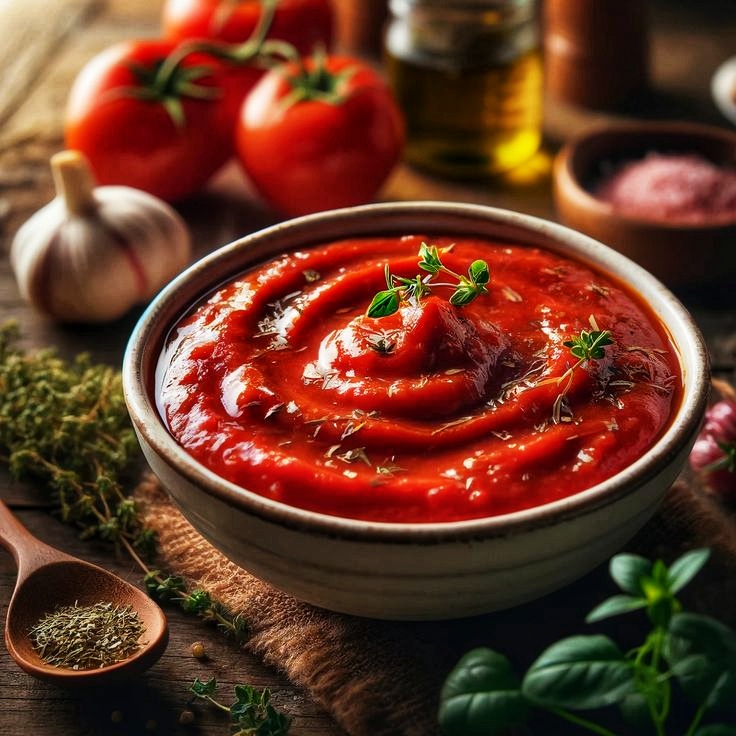
Tags
How to Choose the Right Iranian Chickpea Type for Your Market?
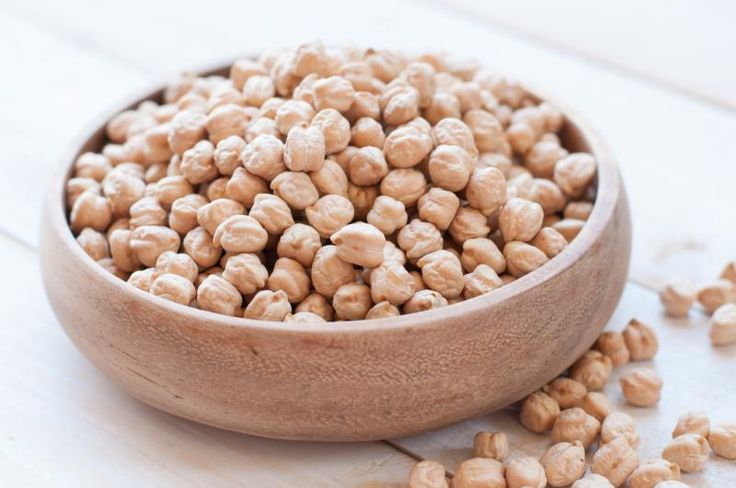
The global chickpea market has become more competitive and diverse than ever. Importers, distributors, and food manufacturers are constantly searching for chickpea varieties that meet their local consumers’ taste preferences, size requirements, and price expectations.
Iran, with its unique geography and climate, produces both Kabuli and Desi chickpeas, offering exceptional quality, flavor, and versatility. However, choosing the right type for your market can determine whether your business thrives or struggles.
At Tamila Agrifood, we’ve helped buyers across Europe, the Middle East, Africa, and Asia identify the ideal chickpea type for their target markets. Here’s a detailed guide to help you do the same.
1. Understanding the Two Main Iranian Chickpea Types
Kabuli Chickpeas: The Premium Export Choice
• Appearance: Large, round, light beige
• Size Range: 7mm – 12mm (most exported: 8–10mm)
• Texture: Soft, creamy after cooking
• Taste: Mild and slightly nutty
• Uses: Salads, hummus, soups, canned chickpeas
Kabuli chickpeas are Iran’s most exported legume, especially popular in Europe, the Middle East, and North America.
Their large size, smooth skin, and attractive appearance make them ideal for retail packaging and ready-to-cook markets.
Desi Chickpeas: The Traditional and Cost-Effective Option
• Appearance: Smaller, darker, rougher skin
• Size Range: 4mm – 7mm
• Texture: Firmer after boiling
• Taste: Earthier, stronger flavor
• Uses: Ground into flour (besan), traditional dishes, soups, and snacks
Desi chickpeas are mostly exported to India, Pakistan, Bangladesh, and parts of Africa where they are highly valued for their high protein content and use in flour production and ethnic cuisines.
2. Market Preferences by Region
To choose the right type, you need to know what your customers prefer.
Here’s a breakdown by region based on Tamila Agrifood’s export experience:
Region / Preferred Type / Typical Size / Applications
Europe (EU) / Kabuli / 8–10mm / Canned chickpeas, hummus, salads
Middle East (GCC) / Kabuli / 7–9mm / Falafel, hummus, soups
South Asia (India, Pakistan) / Desi / 5–7mm / Flour (besan), curries, snacks
North Africa / Kabuli / 8–10mm / Stews, couscous dishes
East Africa / Desi / 5–7mm / Local dishes, flour use
North America / Kabuli / 8–12mm / Ready meals, canning, vegan foods
This simple chart shows how demand patterns vary, and how making the right product choice can help you dominate your target region.
3. Factors to Consider Before Choosing
Choosing the ideal chickpea type isn’t only about size or price. Consider these five essential factors before finalizing your order:
- Consumer Taste Preferences
Are your customers looking for smooth, light-colored chickpeas for hummus and salads, or darker, earthy ones for flour and snacks?
2. Processing Requirements
Canning factories prefer large Kabuli chickpeas because they maintain shape and texture.
Meanwhile, flour mills and snack producers favor Desi types for their high protein and thicker skin.
3. Price Sensitivity
Desi chickpeas are usually 15–25% cheaper than Kabuli, making them ideal for cost-driven markets.
However, premium retail chains and food brands often pay extra for Kabuli’s visual appeal.
4. Cooking Behavior
Kabuli chickpeas cook faster and become soft, perfect for Mediterranean dishes.
Desi chickpeas take longer to cook but retain firmness, which suits spicy curries and traditional dishes.
5. Logistics & Shelf Life
Both types travel well, but Desi chickpeas have a slightly longer storage life due to their dense skin, a plus for humid climates in Africa and Asia.
4. Sizing & Grading: A Key Export Standard
Tamila Agrifood classifies chickpeas according to size and quality grading, ensuring buyers receive consistent shipments.
Kabuli Grading Example:
• 7–8mm: Economy grade (for local and regional markets)
• 8–9mm: Standard export grade
• 9–10mm: Premium export grade
• 10–12mm: Extra-large, for retail or special clients
Desi Grading Example:
• 5–6mm: Standard grade for flour and snack industries
• 6–7mm: Premium grade for export markets
Accurate grading ensures uniform cooking, packaging consistency, and predictable processing results for manufacturers.
5. Why Iranian Chickpeas Stand Out?
Iran’s chickpeas are recognized globally for their natural cultivation methods, rich soil, and minimal pesticide use.
Iranian Kabuli chickpeas, in particular, are often considered superior to Indian and Turkish varieties in terms of taste and texture.
Other advantages include:
Low moisture content (below 12%)
High protein levels (19–21%)
Uniform size and color
Excellent shelf life and rehydration ability
These traits make Iranian chickpeas ideal for international buyers who value both quality and consistency.
6. Matching Chickpea Types with Business Models
Business Type / Recommended Chickpea Type / Reason
Retail & Supermarkets / Kabuli 8–10mm / Attractive, large, easy to cook
Hummus & Salad Producers / Kabuli 8–9mm / Creamy texture, quick cooking
Flour Mills / Desi 5–7mm / High protein, dense skin
Wholesalers / Mixed sizes / Price flexibility
Export Traders / Kabuli & Desi mix / Targeting multiple regions
Food Processors / Kabuli 9–10mm / Maintains shape after cooking
This table helps importers strategically choose chickpeas that align with their target market and production goals.
7. Tamila Agrifood’s Role: From Farm to Market
At Tamila Agrifood, we don’t just export chickpeas, we provide tailored product recommendations for each client based on destination market research.
Our services include:
• Quality inspection and grading reports
• Custom packaging (private label)
• Guidance on import standards and labeling
• Flexible shipment sizes (from 24 MT to 1,000 MT+)
• Real-time logistics updates
We’ve built long-term partnerships with buyers who appreciate our transparency, consistency, and agricultural expertise.
8. Market Insights for 2025
Global demand for chickpeas continues to rise due to:
• The vegan and plant-based protein boom
• Increasing popularity of Mediterranean and Indian cuisines
• Health-conscious consumers seeking high-fiber, low-fat foods
The Kabuli variety is expected to lead in EU and North America, while Desi chickpeas will remain dominant in Asia and Africa.
This diversification makes Iranian chickpeas a strategic export commodity for importers seeking stable, long-term growth.
Conclusion: Choose Smart, Trade Smarter!
The right chickpea type can elevate your brand, improve customer satisfaction, and boost your profit margins.
With its rich agricultural heritage, Iran offers both Kabuli and Desi chickpeas that meet international quality standards.
At Tamila Agrifood, we help importers like you make the best decision, guided by market data, experience, and a commitment to excellence.
Contact Tamila Agrifood to discuss your market needs and get a tailored chickpea recommendation today.
Email: tamilaagrifood@gmail.com
Phone / WhatsApp for Inquiries: +989141858935



